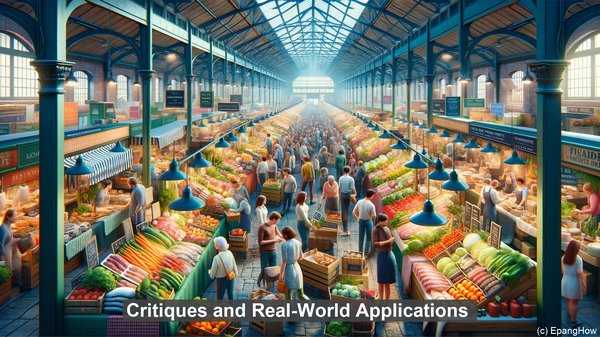Introduction: Two Approaches, One Goal
Hello everyone! When it comes to economic theories, there are often different perspectives on how to achieve growth and stability. Two prominent approaches in this regard are supply-side economics and demand-side economics. While both aim to stimulate economic activity, they diverge in their strategies and priorities. Let’s dive deeper into these contrasting schools of thought.
Supply-Side Economics: Fostering Growth from the Top
Supply-side economics, often associated with tax cuts and deregulation, emphasizes the importance of incentivizing producers and businesses. The core idea is that by reducing tax burdens and removing regulatory barriers, businesses can thrive and expand. This, in turn, leads to increased production, job creation, and ultimately, economic growth. Proponents argue that a healthy business environment benefits not just the entrepreneurs but also the workforce and consumers, as it can result in higher wages and more affordable goods and services.

Demand-Side Economics: Boosting Consumption for Economic Health
On the other hand, demand-side economics focuses on stimulating consumer spending as the driving force behind economic growth. The rationale here is that when people have more money to spend, they will purchase goods and services, which, in turn, creates demand. This increased demand then prompts businesses to produce more, leading to job creation and a cycle of economic activity. Policies such as direct government spending, social welfare programs, and progressive taxation are often associated with demand-side economics. Advocates argue that by ensuring a strong purchasing power for the masses, this approach can lead to a more equitable distribution of wealth and a robust economy.

Critiques and Real-World Applications
As with any economic theory, both supply-side and demand-side economics have their critics. Detractors of supply-side economics argue that tax cuts for the wealthy may not always trickle down to benefit the broader population. They also highlight the potential risks of deregulation, such as environmental concerns or market instability. On the other hand, demand-side economics has faced criticism for the potential long-term effects of government debt and the challenges of accurately predicting and managing consumer demand. In practice, most economies employ a mix of both approaches, with the emphasis often shifting depending on the prevailing economic conditions.
